Biomimicry in Medical Devices
Introduction
Biomimicry is a rapidly evolving field in biomedical engineering that seeks to develop medical devices by drawing inspiration from natural biological systems. The fundamental premise of biomimicry is that nature, through millions of years of evolution, has already solved many of the problems that engineers and scientists are trying to address. By studying and emulating these natural solutions, researchers can develop innovative and efficient medical devices.
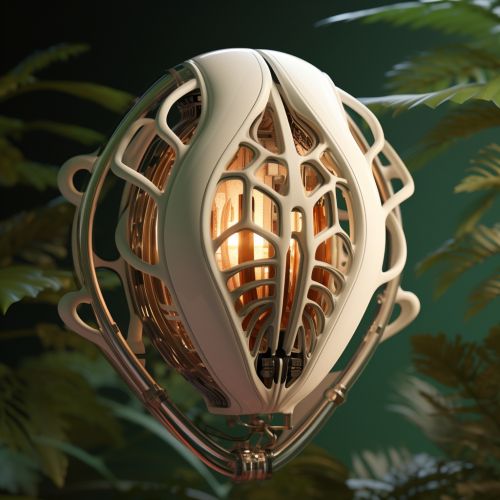
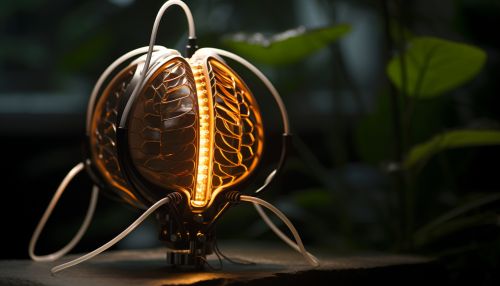
Biomimicry in Medical Devices
Biomimicry in medical devices involves the application of principles and strategies from biology to the design and engineering of medical devices. This approach has led to the development of a wide range of medical devices that mimic the structure and function of biological systems, offering improved performance and patient outcomes.
Principles of Biomimicry
The principles of biomimicry are based on the observation that nature has evolved efficient solutions to a wide range of problems. These principles guide the development of medical devices, ensuring that they are efficient, sustainable, and compatible with the human body.
Applications of Biomimicry in Medical Devices
Biomimicry has been applied in the development of a wide range of medical devices, including prosthetic limbs, drug delivery systems, and surgical instruments. These devices mimic the structure and function of biological systems, offering improved performance and patient outcomes.
Prosthetic Limbs
Prosthetic limbs are one of the most prominent applications of biomimicry in medical devices. Inspired by the structure and function of natural limbs, these prosthetics offer improved mobility and functionality for patients.
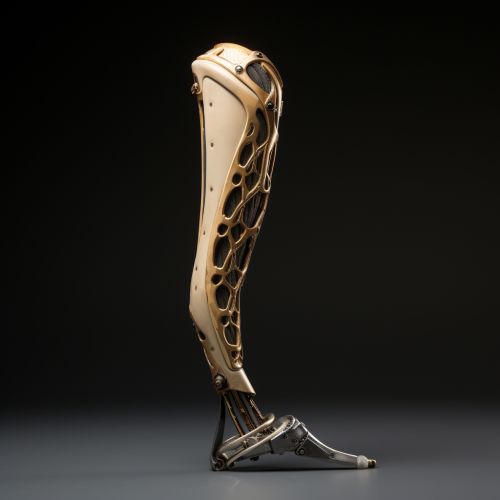
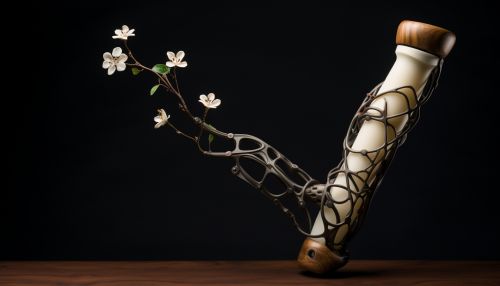
Biomimetic Prosthetic Limbs
Biomimetic prosthetic limbs are designed to mimic the structure and function of natural limbs. These prosthetics are typically made from lightweight materials and are designed to move in a way that is similar to natural limbs, offering improved mobility and functionality for patients.
Drug Delivery Systems
Drug delivery systems are another important application of biomimicry in medical devices. These systems are designed to mimic the body's natural drug delivery mechanisms, offering improved drug delivery and patient outcomes.


Biomimetic Drug Delivery Systems
Biomimetic drug delivery systems are designed to mimic the body's natural drug delivery mechanisms. These systems are typically made from biocompatible materials and are designed to deliver drugs in a controlled and targeted manner, offering improved drug delivery and patient outcomes.
Surgical Instruments
Surgical instruments are another important application of biomimicry in medical devices. These instruments are designed to mimic the structure and function of natural biological tools, offering improved surgical performance and patient outcomes.
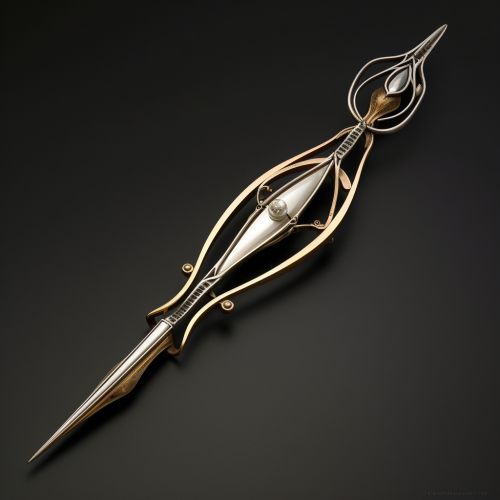
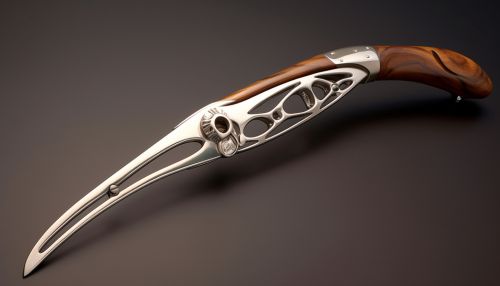
Biomimetic Surgical Instruments
Biomimetic surgical instruments are designed to mimic the structure and function of natural biological tools. These instruments are typically made from biocompatible materials and are designed to perform surgical procedures in a way that is similar to natural biological tools, offering improved surgical performance and patient outcomes.
Conclusion
Biomimicry in medical devices is a rapidly evolving field that offers significant potential for the development of innovative and efficient medical devices. By drawing inspiration from natural biological systems, researchers can develop medical devices that are efficient, sustainable, and compatible with the human body.
